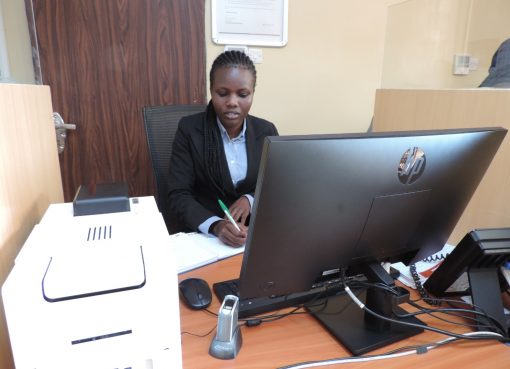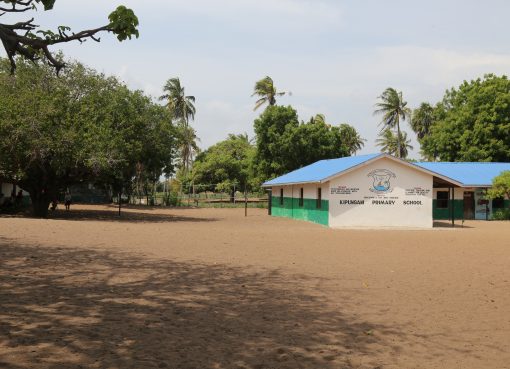Experts have raised alarm over rising cases of HIV/AIDS in counties that traditionally had few cases.
Stakeholders are converging in Mombasa for three days in a conference dubbed the Maisha Conference to review lessons from HIV/AIDS responses.
Dr. Ruth Laibon, CEO of the National Syndemic Diseases Control Council (NSDCC), revealed in a pre-conference media briefing the challenge of emerging pockets of epidemics in counties that did not traditionally have HIV, although progress has been made in counties like Homabay.
Dr. Laibon said they have observed a spike in cases in counties like Samburu, Mandera, and Garissa.
“While the cases are few, we are concerned that if nothing happens in those few cases, if they remain unchecked and people don’t access treatment, then we would be a challenge,” she said.
Dr. Laibon said men’s and boys’ adherence rates to anti-retroviral drugs are quite low compared to women’s and girls, though HIV is more prevalent in women and girls.
“We lose more men and boys to HIV because they don’t come to the hospital early. We only get them in the TB clinic and sometimes when they are sick or they have been sent to hospitals because of pneumonia and other diseases,” she explained.
The NSDCC is advocating for early diagnosis in men and boys to prevent HIV-related deaths.
“It’s a fact in itself that HIV is beginning to manifest as an epidemic that is primarily for young adults and adolescents. The age of 10 to the age of 35 is where our challenge lies, especially as far as transmission and drug use are concerned,” said Dr. Ruth.
Parents and caregivers were urged to have sex education with their children to give them all available options “so that when they are making an emotional decision, they are cognizant of the lifelong impact they carry out of sexual activity.”
Although the country has made progress in the elimination of mother-to-child transmission of HIV, Dr. Laibon noted that in 2022, almost 4000 children acquired HIV from their mothers, yet science and medication are available.
She calls for cooperation between HIV/AIDS expectant mothers, doctors, and the community to prevent them from suffering from stigma and discrimination that prevent them from accessing medication.
Men and women expecting to have a baby were urged to get a diagnosis first for HIV and syphilis to prevent severe consequences for the unborn child.
Adolescents’ mothers, since they have not developed to the level of making appropriate decisions for themselves, are also vulnerable to HIV.
“If they don’t get HIV at the time of sexual exposure, they then become vulnerable and engage in transactional sex because the challenges they are living with have increased,” said Dr. Laibon.
Drug users who inject drugs at the coast are at high risk of HIV and hepatitis.
“Currently, we have about 8800 clients to whom we give a drug every morning to ensure that they stop injecting heroin. Here at the coast, that is the biggest challenge,” said Dr. Laibon, adding that the coast has a high number of people who inject drugs.
Dr. Laibon noted that the triple threat campaign is trying to seek commitment from all the stakeholders to end the cycle of poverty, which has the likelihood of reinforcing the challenges that girls face and also creating another vulnerability to HIV.
Dorothy Onyango, diagnosed in 1990 with HIV, said the country has made strides in the fight against HIV. Through her organisation, Women Fighting HIV in Kenya, she is creating awareness in the communities.
“There is a lot of stigma in the communities, and one of our main objectives was to see how we destigmatize HIV. We were trying to give HIV a human face,” she said.
On her part, Prof. Ruth Nduati, an epidemiologist and paediatrician, gave a historical perspective on how it was difficult to access antiretroviral (ARV) drugs when HIV emerged.
By Sadik Hassan





